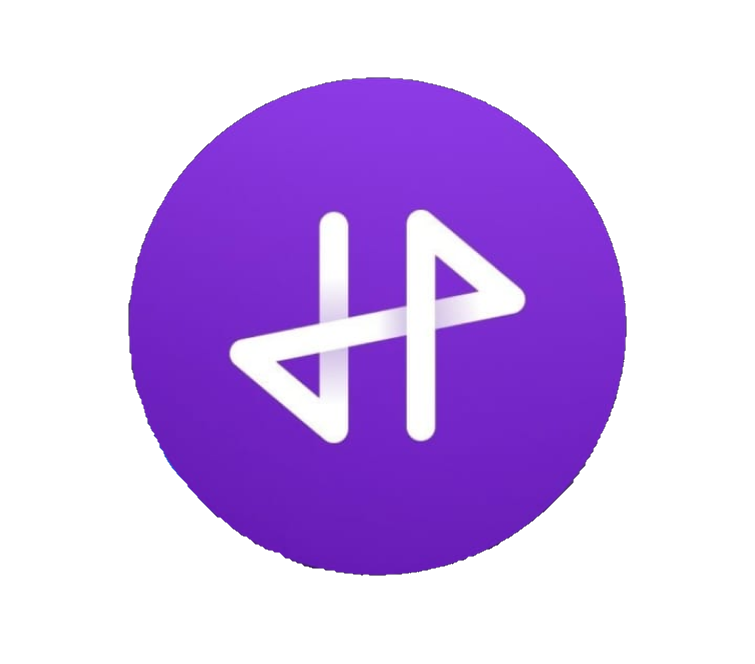As an influencer marketer, finding the right Instagram influencers is crucial for the success of your campaigns. Whether you’re working for a brand or an agency, this guide will walk you through the process of identifying and vetting Instagram influencers, with a focus on leveraging MarTech and SaaS solutions to streamline your efforts.
- Define Campaign Objectives and Target Audience
Before starting your search, clearly outline your campaign goals and ideal audience profile.
- Set specific, measurable objectives: Brand awareness, sales, engagement, etc.
- Create detailed audience personas: Demographics, interests, behaviors on Instagram
- Determine campaign budget: This will help narrow down influencer tiers (nano, micro, macro, or mega)
- Understand Different Types of Instagram Influencers
Familiarize yourself with various influencer categories:
- Lifestyle Influencers: Cover multiple niches like fashion, travel, and food
- Niche Experts: Specialize in specific areas (e.g., tech, beauty, fitness)
- Celebrity Influencers: Public figures with large followings
- Micro-Influencers: Smaller, highly engaged audiences (typically 10k-100k followers)
- Nano-Influencers: Very small but deeply connected audiences (typically 1k-10k followers)
- Leverage Instagram’s Native Search Features
Start your search using Instagram’s built-in tools:
- Hashtag Search: Use relevant hashtags to find content creators
- Explore Page: Discover trending content and accounts
- Suggested Accounts: Utilize Instagram’s recommendations
- Utilize Influencer Marketing Platforms
Streamline your search with specialized SaaS platforms:
- Upfluence: AI-powered influencer search with detailed analytics
- AspireIQ: Database of vetted influencers with collaboration tools
- Traackr: End-to-end influencer relationship management
- CreatorIQ: Advanced influencer discovery and campaign management
- Employ Social Listening Tools
Monitor conversations and identify emerging influencers:
- Brandwatch: In-depth social media monitoring and analytics
- Talkwalker: AI-powered consumer intelligence acceleration platform
- Sprout Social: Combines social listening with influencer identification features
- Analyze Follower Quality and Engagement Rates
Dig deeper into potential influencers’ audiences and engagement:
- Use tools like HypeAuditor or Social Blade for follower authenticity analysis
- Calculate engagement rates: (Likes + Comments) / Followers x 100
- Look for consistent engagement across posts
- Evaluate Content Quality and Brand Alignment
Manually review potential influencers’ content for:
- Consistency in posting schedule and aesthetic
- Professionalism and content quality
- Alignment with campaign objectives and brand values
- Previous brand collaborations and execution quality
- Reach Out and Build Relationships
Once you’ve shortlisted potential influencers:
- Follow their accounts and engage with their content genuinely
- Reach out via Instagram DM or email (if provided in their bio)
- Personalize your approach, mentioning specific content you admire
- Clearly communicate campaign objectives and expectations
- Implement a Pilot Campaign
Before committing to a long-term partnership:
- Start with a small-scale collaboration to test the waters
- Set clear KPIs for the pilot
- Use unique tracking links or promo codes to measure the influencer’s impact
- Collect both quantitative data and qualitative feedback
- Scale and Optimize Your Influencer Program
Based on pilot results:
- Develop a data-driven approach to selecting and working with influencers
- Create an influencer relationship management (IRM) strategy
- Continuously test and refine your approach based on performance metrics
- Consider developing a brand ambassador program for long-term partnerships
- Stay Compliant with Regulations
Ensure influencer partnerships adhere to legal guidelines:
- Familiarize yourself with FTC guidelines for influencer marketing
- Require clear disclosure of sponsored content (e.g., #ad, #sponsored)
- Implement formal agreements or contracts for each collaboration
- Use tools like Lumanu to streamline payments and tax documentation
- Leverage User-Generated Content (UGC)
Encourage influencers to generate reusable content:
- Clearly outline content rights in your agreements
- Use tools like TINT or Stackla to curate and manage UGC
- Repurpose influencer-created content across marketing channels
By following this comprehensive guide, influencer marketers will be well-equipped to identify, vet, and collaborate with Instagram influencers who can authentically represent brands and connect with target audiences. Remember to stay flexible and adapt to the ever-evolving landscape of influencer marketing on Instagram.

Leave a Reply